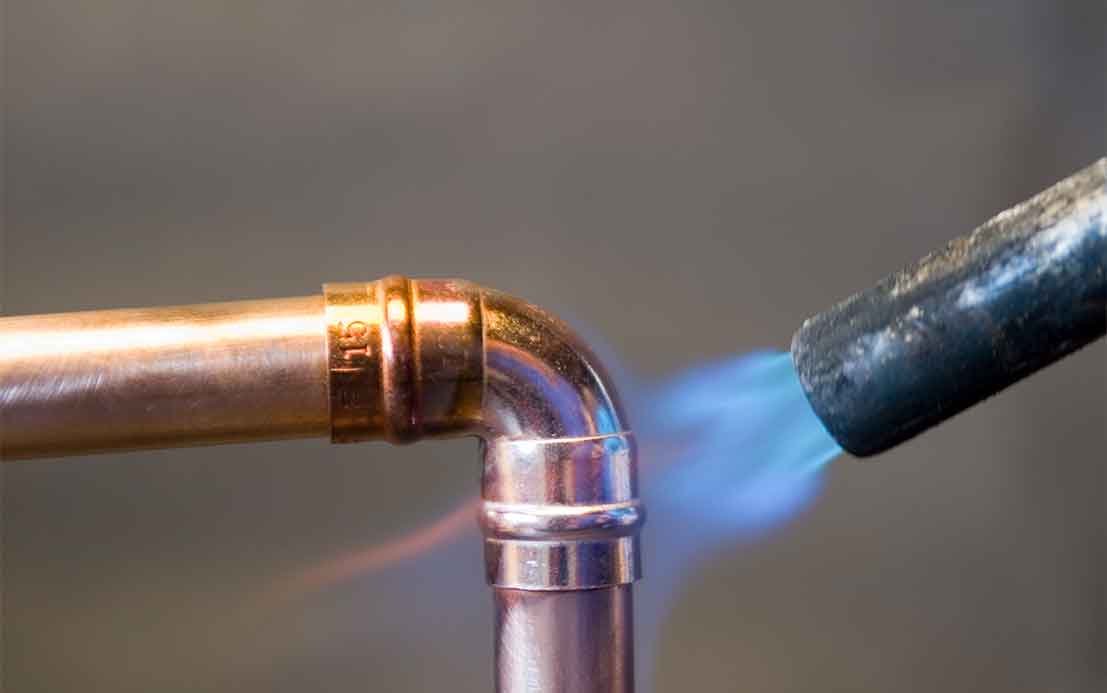The use of copper pipes has been important in plumbing for many years and its popularity is not without reason.. These versatile tubes are utilized in various applications, thanks to their unique properties and benefits. In this article, we will explore the uses of copper pipes, focusing on their technical and practical aspects in plumbing.
Introduction to Copper Pipes
Copper pipes are made from high-quality copper, which is known for its durability and corrosion resistance. They come in various sizes and types, including rigid and flexible forms, making them suitable for a wide range of plumbing applications. The use of copper pipes has been prevalent since the early days of plumbing systems and they remain a preferred choice for many plumbers today.
Advantages of Copper Pipes
One of the main reasons for the widespread use of these pipes is their excellent thermal conductivity. This property allows them to transfer heat efficiently, making them ideal for both hot and cold water supply lines. Additionally, they are resistant to bacteria and other pathogens, which is crucial for maintaining water quality. Unlike plastic pipes, copper pipes do not leach harmful chemicals into the water, ensuring safe drinking water for households.
Another major advantage is their longevity. With proper installation and maintenance, they can last for decades, significantly reducing the need for replacements. This makes them durable and a cost-effective solution in the long run, despite the higher initial investment compared to other materials.

Applications in Plumbing
One of the most common applications of these pipes is in water supply lines.These pipes are used to transport both hot and cold water to various fixtures throughout a building. Their ability to withstand high temperatures and pressures makes them suitable for residential and commercial plumbing systems. Plumbers often prefer copper pipes for their reliability and performance in delivering clean water.
Although they are less common, they can also be used in drainage systems. Their resistance to corrosion and ability to handle high flow rates make them an effective choice for certain drainage applications. However, it’s essential to note that many plumbers opt for PVC or ABS pipes for drainage due to cost considerations and ease of installation. Nonetheless, the use of copper in specific drainage scenarios showcases its versatility.
Copper pipes are widely used in heating systems, particularly in radiant heating applications. Excellent thermal conductivity allows for efficient heat transfer, ensuring that spaces are heated evenly and effectively. In these systems, the pipes are often embedded in floors or walls, providing a comfortable and energy-efficient heating solution.
In refrigeration and HVAC systems, they play a vital role in transporting refrigerants. Their ability to withstand pressure and durability make them ideal for these applications. Copper pipes are commonly used in air conditioning units and refrigeration systems, where they help maintain optimal temperatures and efficiency.
Installation and Maintenance
The installation of this type of pipe requires qualified labor, since incorrect installation can cause leaks and other problems. Plumbers must use specific techniques, such as soldering or brazing, to join copper pipes securely. It’s essential to ensure that all connections are watertight to prevent future problems.
Maintenance is relatively simple. Regular inspections can help identify any potential issues, such as corrosion or leaks. If a problem is detected, it’s crucial to address it promptly to avoid more extensive damage. The longevity of this type of pipe means that with proper care, it can serve for many years.
Conclusion
In summary, copper pipes are a vital component of modern plumbing systems. Their unique properties, such as excellent thermal conductivity, corrosion resistance, and longevity, make them an ideal choice for a variety of applications, including water supply lines, heating, and cooling systems. While copper pipe installation requires skilled labor, its benefits far outweigh the initial costs.As the plumbing industry continues to evolve, the use of these pipes remains a reliable and sustainable option that meets the needs of both homeowners and professionals.
If you found this information interesting, we invite you to continue learning about plumbing in our article on potable water where you will learn about other types of fittings that are equally important for our home plumbing system.



0 Comments